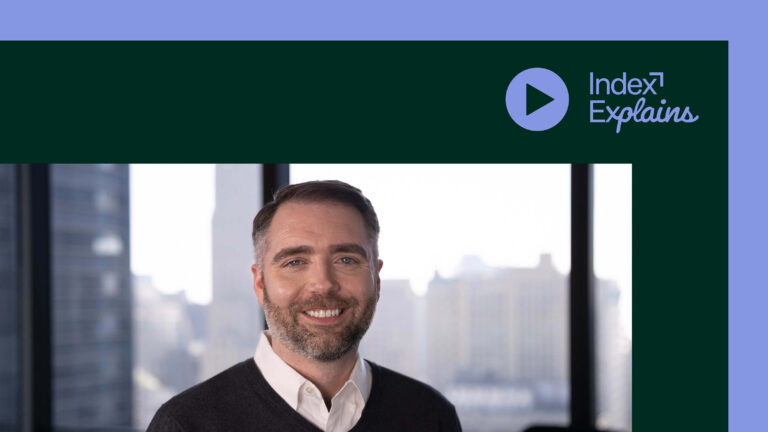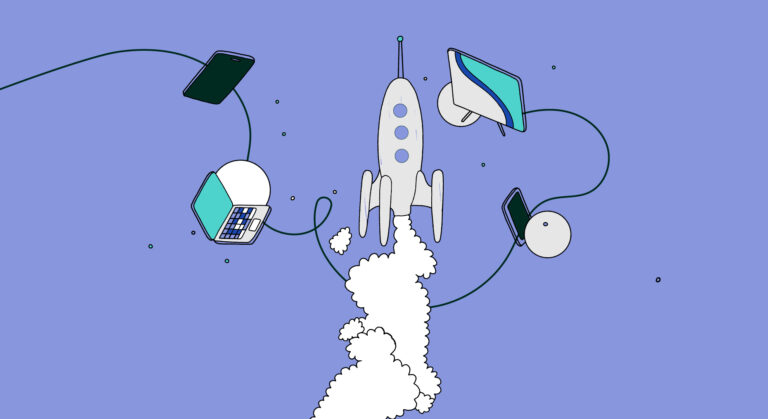What is CAPI?
CAPI is a solution that helps brands, media owners, and platforms communicate by sending signals between systems—usually between a brand’s website or point-of-sale system and an ad platform—to report online or offline conversion events like email sign-ups, product page views, cart adds, purchases, and more.
This connection is critical for brands to understand performance, optimize campaigns, and ultimately, drive growth.
How does CAPI differ from other conversion solutions?
CAPI differs from other conversion tracking and attribution solutions in a few ways. Compared to conventional tracking pixels, it’s a more robust solution.
Pixels operate on the client side—meaning they rely on the consumer’s browser to load and fire. That makes them subject to ad blockers, browser restrictions, and data loss. They also provide brands with limited control over data and conversion parameters.
Because CAPI works server-side, it’s a more direct and reliable way to transmit data, particularly in cookieless environments. Brands have greater control over data and have more options to customize conversion parameters according to their unique customer journeys, including offline attribution capabilities.
For example, if someone uses a loyalty card at checkout, that transaction can be matched back to prior ad exposure—giving brands visibility into offline conversions they could never track before.
This level of signal granularity unlocks real-time attribution. That’s a game-changer for campaign optimization, and it’s especially powerful in commerce media, where retailers want to understand how media drives both online and in-store sales.
And while clean rooms can also power attribution and measurement, CAPI offers a more direct, real-time way to activate those insights. Clean rooms typically rely on batch processing and coordination across partners, while CAPI enables continuous, conversion-level data sharing for timely measurement and campaign optimization.
CAPI enables real-time attribution
CAPI makes ad systems smarter. With richer, faster feedback loops, campaigns can adapt in real time—delivering better creatives, suppressing redundant messaging, and optimizing for specific outcomes, not just clicks.
CAPI solutions aren’t new. They’ve been widely used within walled gardens—platforms like Meta, Pinterest, or Google—where consumers are logged in and platforms have persistent identifiers like email addresses or user IDs. These platforms have had a clear advantage because they can easily tie an ad impression or click to a downstream action, like a purchase, within their own closed ecosystem.
This level of connectivity enables real-time attribution: If a person sees an ad and then makes a purchase, that signal can loop back to the ad platform almost immediately. This allows for smarter campaign decisions like automatically determining who not to display ads to based on past purchase behavior, saving campaign budgets and improving the consumer experience.
But here’s the challenge: CAPI solutions and real-time conversion optimizations have been largely limited to those walled gardens. On the open internet, the ad platforms delivering campaigns often don’t receive the same level of signals, which means campaigns can’t be optimized in real time based on conversion events.
And further, every major platform has its own version of a conversion API with its own setup and data requirements. If you’re a brand trying to advertise across 10 platforms, that means 10 different integrations, each slightly different. It’s fragmented, time-consuming, and hard to scale.
Creating a standardized CAPI
The need for a standardized option has become increasingly clear.
The IAB Tech Lab is addressing this need and aims to create a standardized conversion API that works across platforms and the open internet. The goal? Simplify integration, reduce fragmentation, and give marketers the same level of insight and optimization they get in walled gardens, but everywhere.
Standardizing CAPI will unlock huge benefits for the industry as a whole:
- Marketers get more consistent measurement across all their media
- Media owners gain a framework to support real-time signals without building custom integrations
- Consumers benefit from more relevant ads and fewer repeats of things they’ve already bought
And just as importantly, a standardized approach helps ensure these signals are shared in privacy-conscious ways, with the right data controls in place.
A more open, privacy-safe future
As the industry moves toward a more privacy-conscious, interoperable future, now is the time to prepare. We hope brands, agencies, media owners, and tech platforms will support a standardized CAPI solution, helping the entire advertising ecosystem evolve.
It’ll allow us to measure performance consistently, optimize in real time across channels, and build a more transparent, privacy-safe future beyond the limits of any single platform.
Ready to unlock the full potential of the open internet? Contact us to learn how Index can help you improve your approach to measurement and attribution.











